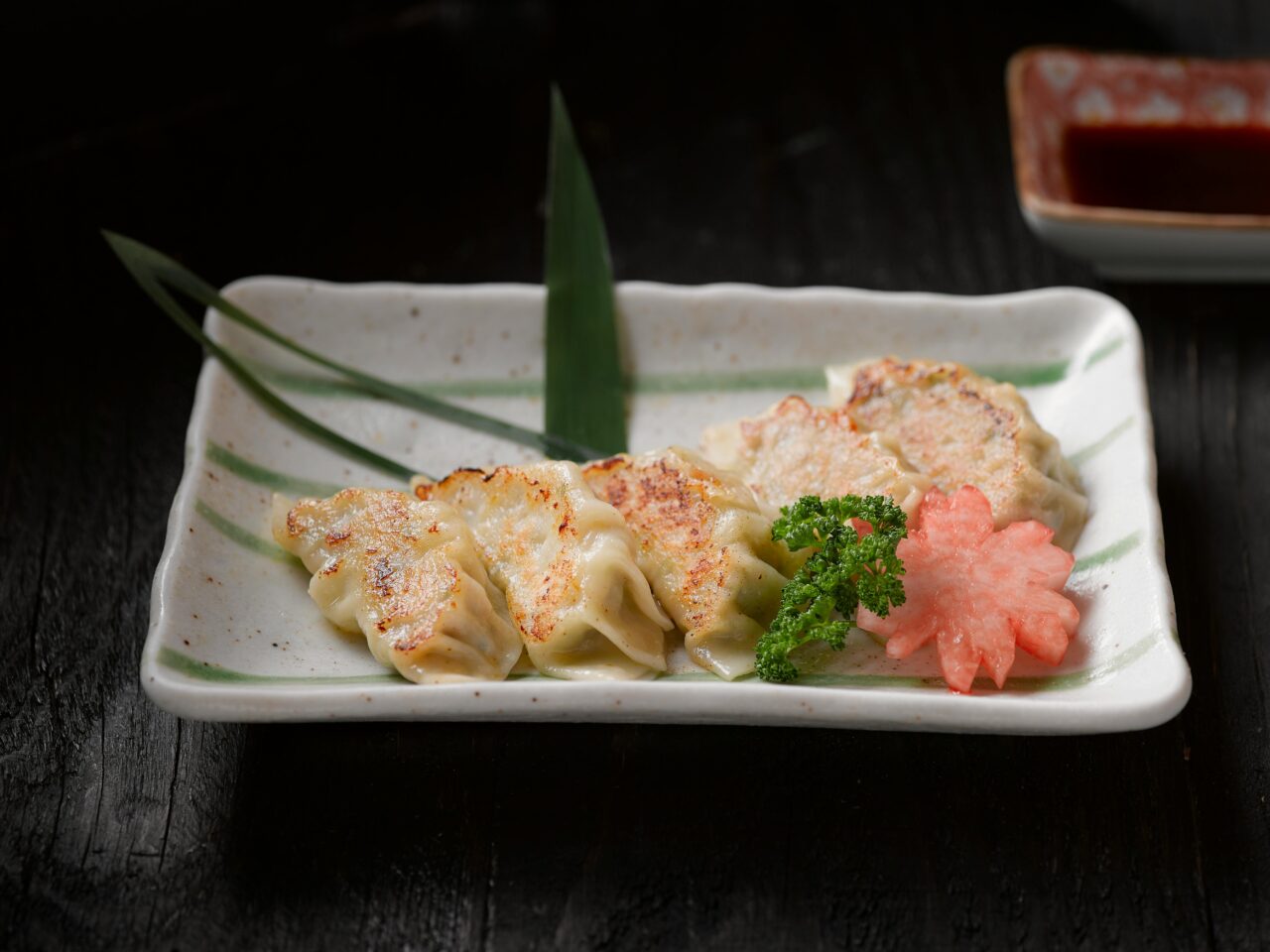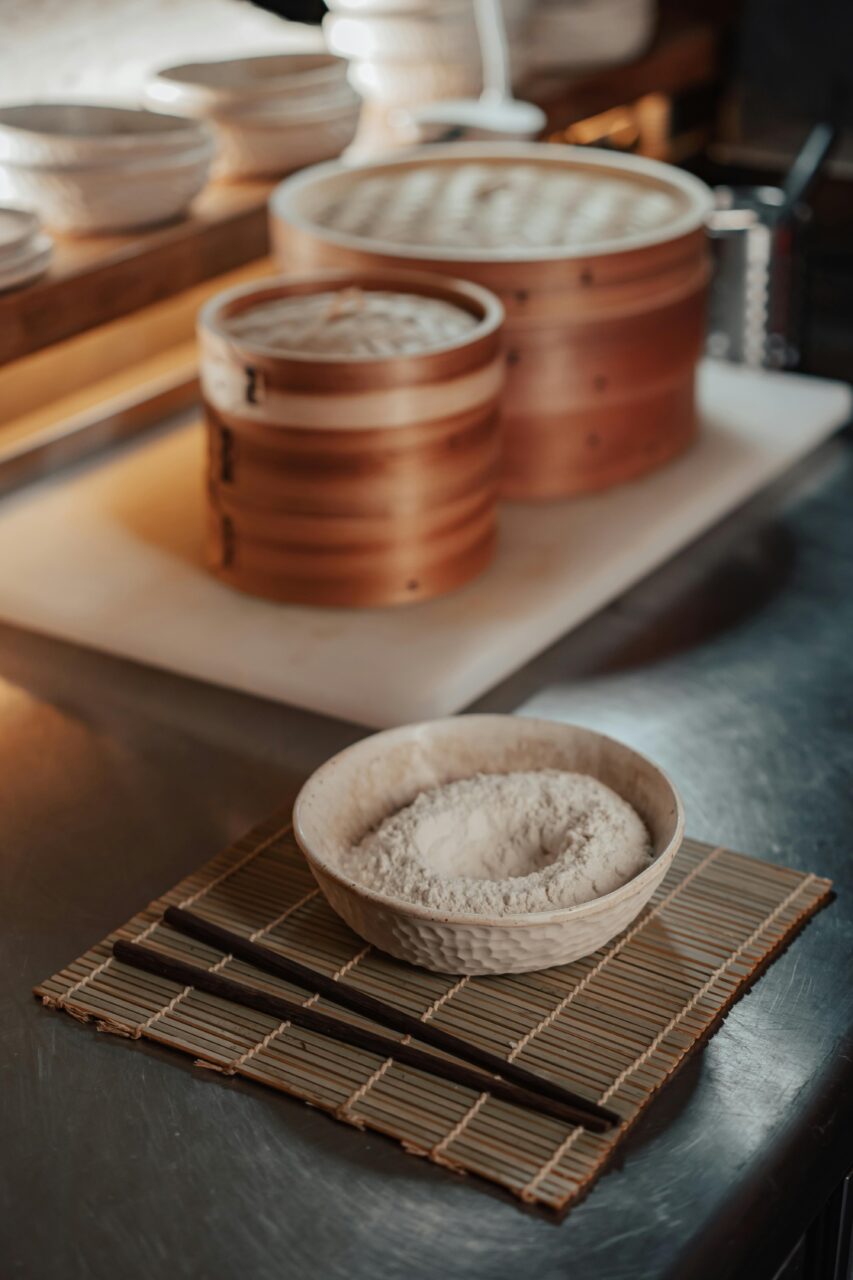Nederlands
English
Deutsch
Français
Rice flour is a finely ground powder made from rice grains, with a long-standing tradition in Asian cooking. It’s a key ingredient in many dishes and is gaining popularity around the world as a gluten-free alternative to wheat flour. From fluffy pancakes to Japanese mochi, rice flour is essential for anyone exploring dishes from international cuisines or trying to cook without gluten. In this article, we’ll dive into the world of rice flour.
What’s covered in this article:

Rice flour has been used for centuries, especially in Asian countries. Records show that it was already being used in China as early as 600 BCE, considered at the time a delicacy reserved for the royalty.
In Japan, rice flour began to be produced commercially around the 8th century and has since become a staple in Japanese and other Asian cuisines. Most people are familiar with it through dishes like rice cakes, but rice flour is far more versatile than it seems.
In recent years, it has become increasingly popular in Europe and the US, largely because it’s gluten-free, making it a great option for those with gluten intolerance or celiac disease.
Rice flour is a fine powder made by grinding rice grains into a uniform texture. It’s loved for several reasons:
Unlike wheat flour, rice flour doesn’t contain gluten, which makes it a safe and reliable substitute in many recipes.
There are several kinds of rice flour, each with unique characteristics and uses:
Made from polished white rice, it has a neutral flavor and is very versatile. Great for baking, thickening sauces, and creating crispy coatings for deep fried dishes. It’s commonly used in Asian pastries, noodles, and as a binding agent.
Made from whole grain rice, where only the most outer inedible layer is removed, keeping more nutrients than white rice flour, like for example fiber. It has a nuttier taste and is often used in gluten-free cookies, muffins, and crackers.
Sticky rice, also known as glutinous rice or ketan, is known for its stick, almost elastic texture when cooked. Glutinous rice flour is essential for making Japanese mochi, certain dumplings, and many traditional Asian desserts like mango sticky rice.
There are also special varieties like black, red, and green rice flour – each with its own unique properties and uses.
The production process includes:
Two main milling methods are used:
While traditional stone mills were once used, most modern rice flour is machine-milled for consistency.
Rice flour is incredibly versatile and can be used for:
Its unique texture makes rice flour a go-to for recipes where other flours just don’t give the same result.

Rice flour plays an important role in many cuisines around the world
In Europe, rice flour is mostly used to thicken sauces and soups. It’s also making its way into gluten-free baked goods like cookies, muffins, and cakes. It’s often blended with other gluten-free flours for better more authentic texture, especially in bread.
Around the world, rice flour is a favorite for creating crispy coatings on deep fried foods. Its gluten-free nature also makes it an increasingly popular choice in many kitchens.
Here are some easy recipes with rice flour that you can try:
These light and airy pancakes are a breakfast favorite in South India and a great gluten-free option. They have a milder flavor than wheat four pancakes and an unique texture that pairs well with sweet or savory toppings.
Tempura is a Japanese deep-frying technique known for its crisp, light texture. Rice flour gives the batter extra crispiness and a delicate crunch which makes tempura so special.
This batter is great for shrimp, vegetables like sweet potato, eggplant, or bell pepper, sweet potato, and even fish. The cold temperature and minimal mixing help keep it extra crispy.
Rice flour is a versatile and nutritious ingredient that offers several health benefits. One of its key advantages is that it is gluten-free, making it a safe choice for individuals with gluten sensitivity or celiac disease.
It is also easily digestible, which makes it ideal for people with sensitive stomachs or digestive issues. Brown rice flour, in particular, is rich in fiber, which supports healthy digestion and can help maintain regular bowel movements.
In addition to fiber, rice flour contains important minerals such as iron, phosphorus, and magnesium.
Nutritionally, rice flour is primarily composed of carbohydrates, providing a quick source of energy. It also contains a small amount of protein and very little fat.
Optimal way to store rice flour:
At Mooijer-Volendam, we offer a wide range of high-quality rice flour products from top brands:
Rice flour options:
Glutinous rice flour:
Whether you need rice flour for Asian dishes, gluten-free baking, or as as a thickener for sauces and soups, Mooijer-Volendam offers top-quality products that meet your needs. That’s why more and more customers rely on us – whether you’re in hospitality, a specialty store, or retail.